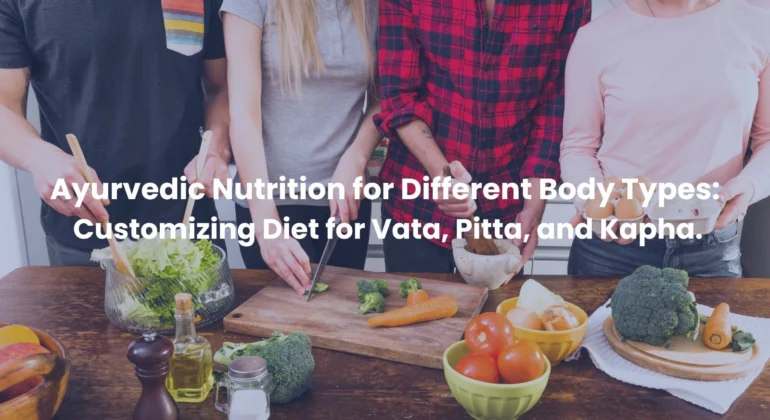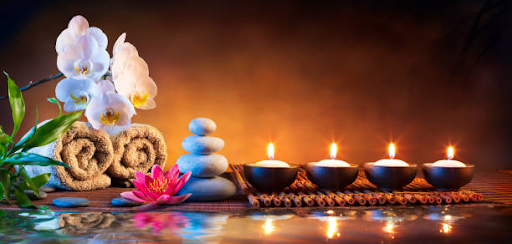Ayurvedic Nutrition for Different Body Types: Customizing Diet for Vata, Pitta, and Kapha.
Delving into how personalized diets based on dosha types can optimize health. Me and my friend working at the same place with the same shift timings and have similar canteen food everyday but I am having severe acidity, heartburn, headache but he is totally fine. …
It’s Time to Detox: Rekindling the “Self-Love mode”!!!
Hello…. How was your Valentine’s Day celebration yesterday? We are sure you are on the top of the world, feeling loved & pampered in several different ways. So, did you celebrate your Valentine’s Day with your Loved ones in a homely environment? Or did you …
Relationships From The Point Of Ayurveda
Love, relationship and 3 dosha Opposite poles attract each other. And this is very true if we consider our physical and psychological traits. In Ayurveda body constitution or body type or prakruti is defined as Manas that is psychological and sharir i.e. physical and physiological. …




